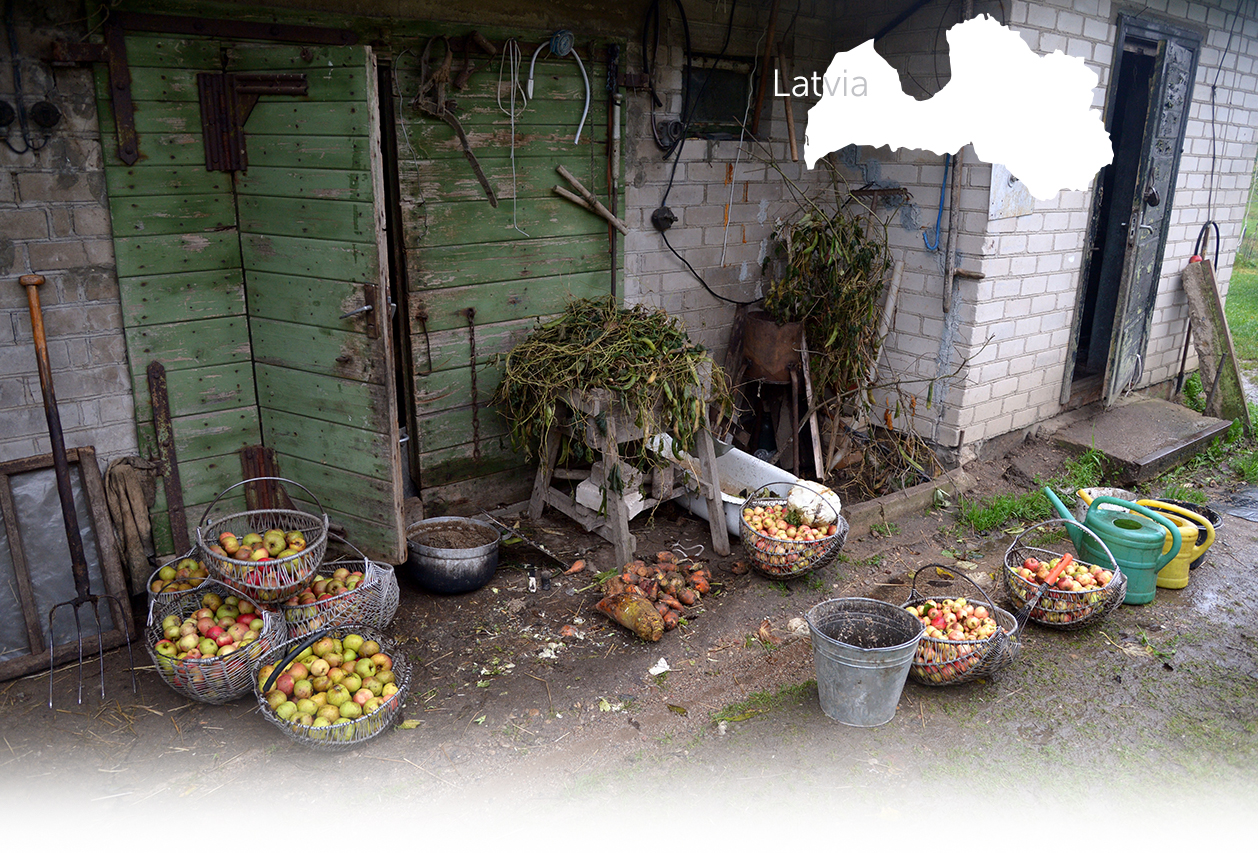

1 Killing site(s)
Maija D., born in 1932: "Before the war, there were about three Jewish families living in Baldone. One of the families owned a shop, and another made a living by buying goods and reselling them. The man who resold goods used to visit my parents regularly. During the German occupation, these Jewish families were rounded up and executed in the forest. I don’t know exactly who carried out the killings, but it was done under German orders. At the time, I was living with the Untini family in Baldone. Their granddaughter had a Jewish friend. I remember how deeply she grieved—she cried a lot after losing her friend." (Testimony N°YIU185LV, interviewed in Baldone, on October 10, 2022)
Baldone is a town located 32 km (19.9 miles) south of Riga, the capital of Latvia. It is known as one of the oldest holiday resorts in the Baltic States, thanks to its sulphur springs. By the late 18th century, Baldone was already a popular destination for visitors from St. Petersburg and Lithuania. Although its prominence declined after 1938 with the rise of the competing spa town Jūrmala, Baldone remained a favored destination throughout the Soviet period.
According to the February 2, 1935 census, Baldone had 10 Jewish residents, making up 3.25% of the town’s total population. However, the Jewish population likely increased during the summer months, as Baldone was home to several seasonal residences—four dachas are presumed to have belonged to Jewish owners.
Local Jews were primarily engaged in commerce, running various shops and small businesses. These included a tavern operated by Khole Schneider and a butcher shop owned by Leizer Schneider. Feiga Markushevich sold textiles, while Leiba Kacin dealt in industrial goods. It is also likely that some Jewish doctors worked at the local sanatorium.
Additionally, about 30 Jews lived on the Klapukrogs Zionist instructional farm, located approximately 3 km from Baldone. This farm was liquidated by Soviet authorities in 1940–1941, but some of its residents may have remained in Baldone on the eve of the German occupation.
Baldone was occupied by German troops in early July 1941. According to historical sources, that same month, the Jewish residents of Baldone were rounded up and taken to a forest near the banks of the Bērzene River, where they were executed and buried approximately 250 meters from the road.
In November 2021, thanks to the efforts of local historians and Baldone Museum members Juris Jeršovs and Ojars Andersons, the mass grave of 39 Jews from Baldone—including 10 children—was discovered. The grave was located in a forest trench dating back to the First World War, at a depth of 30–50 cm. The victims’ remains were entangled in a network of tree roots, which made the exhumation particularly challenging.
The international search team Legenda was contacted to assist with the exhumation and reburial of the remains. The reburial ceremony took place on June 30, 2022, and was led by Rabbi Iliyohu Krumer of the Peitav-Shul synagogue in Riga. The exhumation and reburial were coordinated with representatives of the Jewish Community of Latvia and local authorities, all of whom were present at the ceremony.
The remains of the 39 victims were respectfully reburied in the Baldone cemetery.
Do you have additional information regarding a village that you would like to share with Yahad ?
Please contact us at contact@yahadinunum.org
or by calling Yahad – In Unum at +33 (0) 1 53 20 13 17